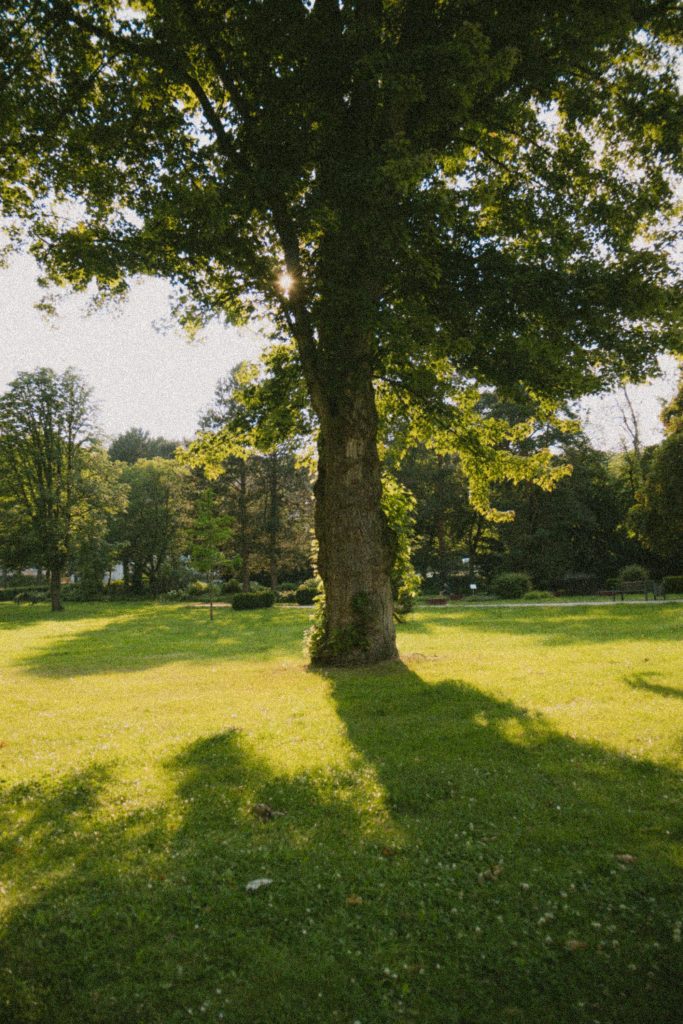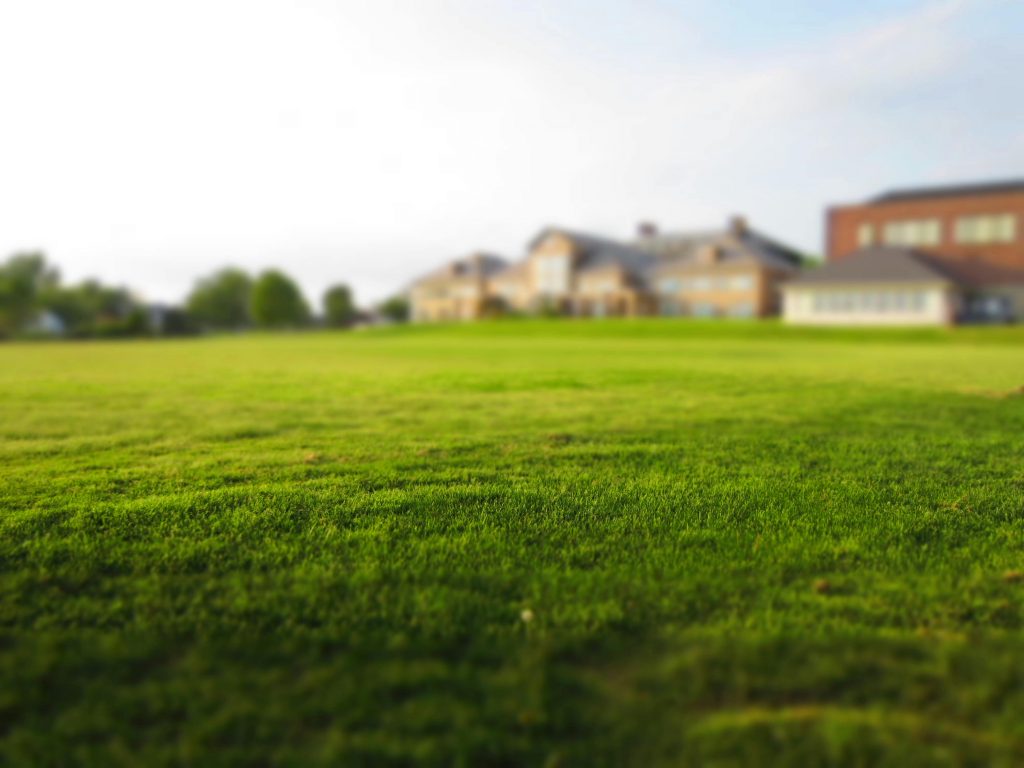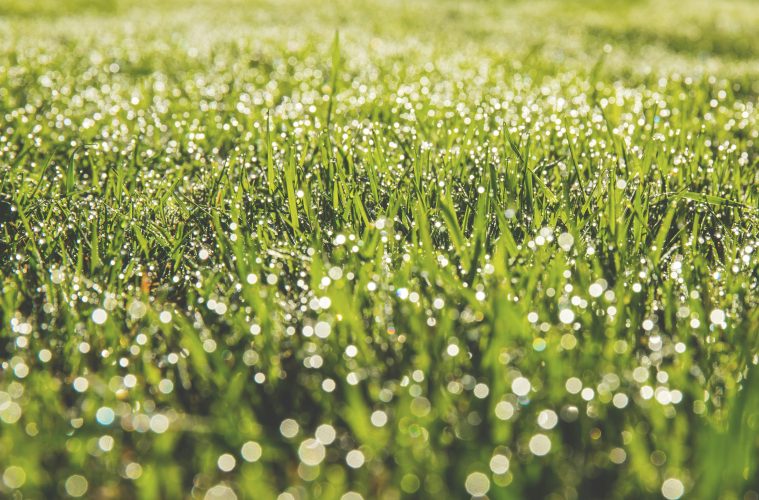Seeing your once lush, green lawn turn brown can be frustrating, especially when you’ve been diligent with watering, fertilising, and general lawn care.
But don’t worry—there are several common reasons why grass browns, and most of them can be fixed with the right approach.
Seasonal changes
Brown patches in your lawn might be due to the time of year. Each season brings different challenges:
Spring: A late frost can damage new grass growth.
Summer: Hot, dry conditions can cause drought stress, and lawn pests might become more active.
Autumn: Early frosts and leftover summer damage from pests or diseases can make your grass appear brown.
Winter: Warm-season grasses naturally go dormant when temperatures drop, leading to brown turf.
Understanding your grass type is key—cool-season grasses thrive in cooler temperatures, while warm-season grasses do better in the heat. Seasonal browning is often a natural part of the grass lifecycle and usually doesn’t cause long-term harm.

Image: Pexels
Lack of water
If your lawn is turning brown during dry spells, drought might be the cause. Grass needs about 2-4 centimetres of water per week to stay healthy. Watering in the early morning is best, as it allows the grass to absorb moisture before the heat of the day.
For cool-season grasses, it’s normal to go dormant in the summer. Water them less frequently during this time to keep the roots alive until cooler weather returns. For warm-season grasses, consistent watering can help keep the lawn green.
Fungal diseases
Brown patches can also be a sign of fungal diseases, especially in warm, humid weather. Common fungal issues include:
- Brown Patch: Irregular brown or tan spots often seen after rain.
- Summer Patch: Circular yellowing that turns brown.
- Pythium Blight: Water-soaked patches that quickly brown and die.
- Necrotic Ring Spot: Yellow or brown patches surrounded by a ring of healthy grass.
Improving air circulation, avoiding over-fertilisation, and maintaining proper drainage can help prevent these diseases. If you suspect a fungal issue, consult a local gardening expert to choose the right fungicide.
Pests
Insects like grubs, chinch bugs, and sod webworms can cause your lawn to brown by feeding on the roots, stems, or blades. To check for pests, dig a few holes and look for signs of these critters. If you find them, using a pesticide or introducing beneficial insects like nematodes can help control the population.

Image: Pexels
Compacted Soil
Compacted soil restricts the flow of air, water, and nutrients to the roots, leading to a brown, unhealthy lawn. Signs of compacted soil include hard ground and poor water drainage after watering or rain.
To fix this, aerate the soil by making small holes that allow moisture and nutrients to penetrate deeper. You can rent an aerator for large areas or use a garden fork for smaller spots.
Over-fertilisation and improper lawn care
Over-fertilising can cause a buildup of salts in the soil, damaging grass roots and turning your lawn brown. Similarly, mowing your lawn too short or at the wrong time can stress the grass, especially during hot weather.
To avoid these issues, follow a balanced fertilisation schedule, mow your lawn at the recommended height, and water appropriately. Regularly check for signs of stress and address them early to prevent long-term damage.
ALSO SEE: THE SECRETS TO A LUSH LAWN
Image: Pexels


